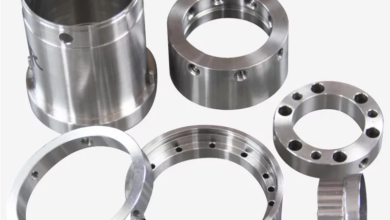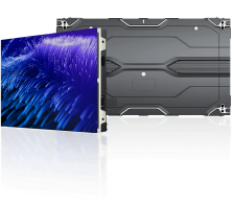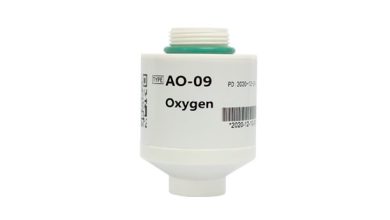Advanced engine management technology

Speed density and fuel calculations
Engine management systems that do not use an air flow sensor rely on the speed–density method for determining the required fuel quantity. Accurate measurement of the manifold absolute pressure (MAP) and intake air temperature are essential with this technique.
To prevent engine damage caused by detonation or combustion knock, but still allow the timing to be set as far advanced as possible, a knock sensor is used. The knock sensor (accelerometer) detects the onset of combustion knock, but the detection process only takes place in a ‘knock window’.
Injection duration calculation
The main criteria for the quantity of fuel required for injection are engine speed and load. Further corrections are then added. Represents the process carried out in a digital electronic control unit to calculate injection duration.
Developing and testing software
There is, of course, more than one way of producing a ‘computer’ program. Most programs used in the electronic control unit of a vehicle digital control system are specialist applications and, as such, are one-off creations. The method used to create the final program is known as the ‘top down structured programming technique’. Following on from a ‘need’ for the final product, the process can be seen to pass through six definable stages
Simulation program
Automotive Technology (AT) is a training and diagnostic software program. It works in conjunction with this textbook and on-line learning.
The main ‘AT’ program works in the same way but also incorporates diagnostics. In other words, it will help you learn how complex systems work and how to diagnose faults with them. The program concentrates on engine management, starting and charging. A Multicore program is included that allows actual tests to be carried out and the results viewed on a scope or a millimeter.
Neural computing
The technology behind neural computing is relatively new and is expanding rapidly. The exciting aspect is that neural networks have the capacity to learn rather than having to be programmed. This form of artificial intelligence does not require specific instructions on how a problem can be solved.
The user allows the computer to adapt itself during a training period, based on examples of similar problems. After training, the computer is able to relate the problem to the solution, inputs to outputs, and thus offer a viable answer to the ‘question’.
The main part of a neural computer is the neural network, a schematic representation. In this representation the circles represent neurons and the lines represent links between them. A neuron is a simple processor, which takes one or more inputs and produces an output. Each input has an associated ‘weight’, which determines its intensity or strength.
New developments in engine management
Research is going on all the time into different ways of reducing emissions in order to keep within the current and expected regulations. European market has an advantage as the emission laws in the USA and, in particular, the State of California, are very stringent and set to become more so. It is reasonable to expect that EC regulations will broadly follow the same route. The one potential difference is if CO2 is included in the legislation. This will, in effect, make fuel consumption as big an issue as noxious emissions.
Lean burn engines
Any engine running at a lambda value greater than one is a form of lean burn. In other words, the combustion takes place with an excess of air. Fuel consumption is improved and CO2 emissions are lower than with a conventional ‘lambda equals one and catalyst system’. However, with the same comparison, NOx emissions are higher.
This is due to the excess air factor. Rough running can also be a problem with lean burn, due to the problems encountered lighting lean mixtures. A form of charge stratification is a way of improving this. Note also the case studies in this and the previous chapters.
Direct mixture injection
A new technique called DMI, or direct mixture injection, shows a potential 30% saving in fuel. This system involves loading a small mixing chamber above the cylinder-head with a suitable quantity of fuel during the compression stroke and start of combustion. This may be by a normal injector. The heat of the chamber ensures total fuel evaporation.
Last word
During an appropriate point in the next cycle the mixture is injected into the combustion chamber. This is one of the key advances because it is injected in such a way that the charge is in the immediate vicinity of the spark plug. This stratification is controlled by the mixture injection valve opening, the in-cylinder pressure and the mixing chamber pressure.





